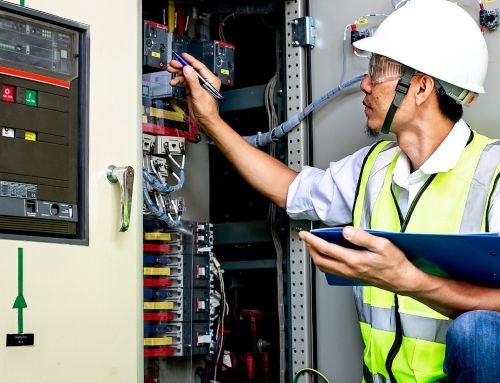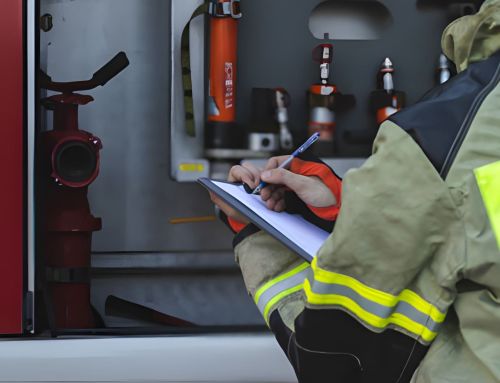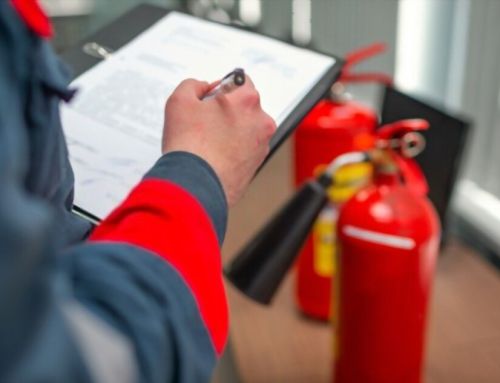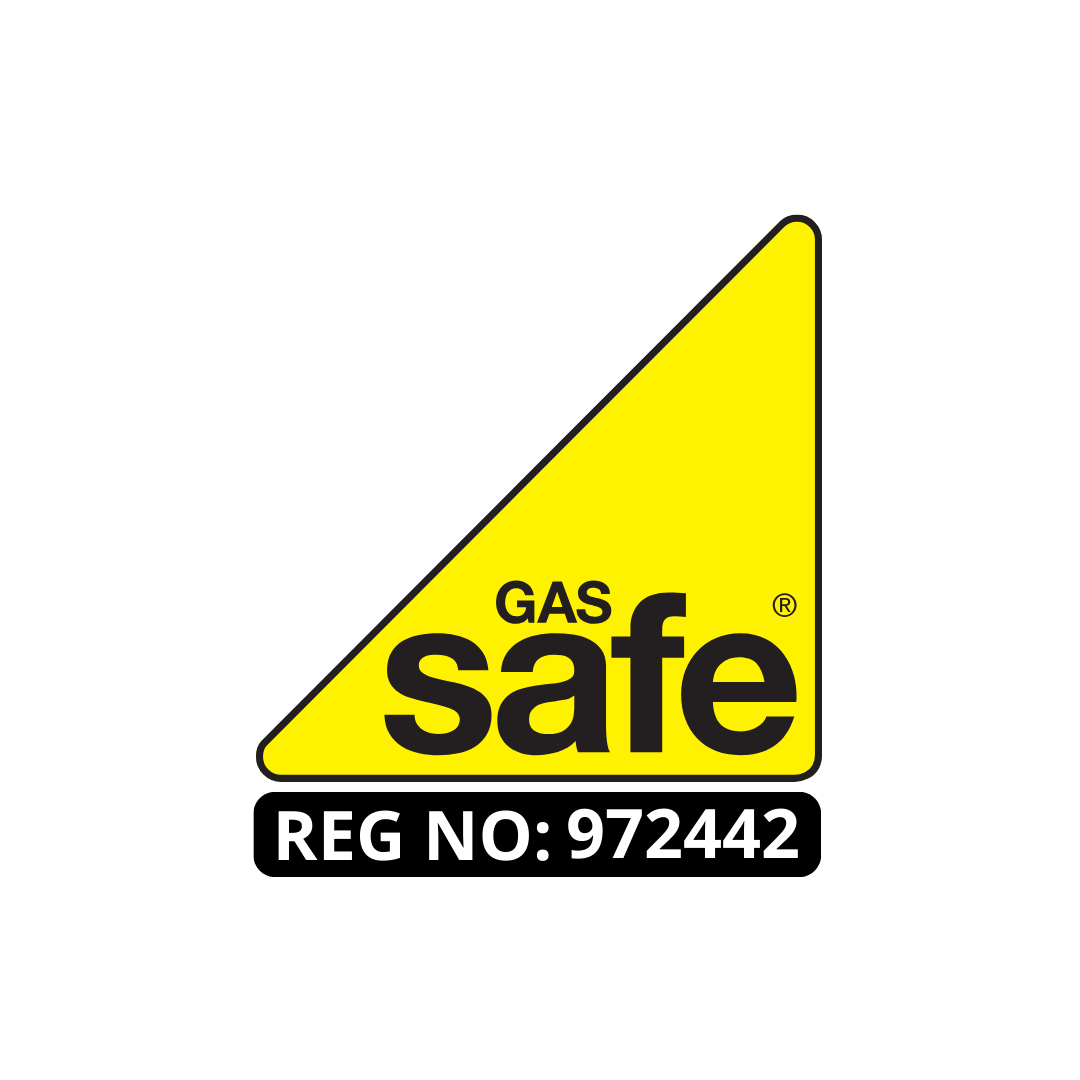
In the realm of commercial building management, prioritizing fire safety is paramount. Essential components such as fire alarms, exit signs, emergency lights, fire extinguishers, and fire sprinklers form the cornerstone of a robust fire safety strategy. Each of these elements plays a vital role in not only preventing potential disasters but also in ensuring the safety of occupants during an emergency.
However, the effectiveness of these systems hinges not only on their presence but also on their proper installation, regular maintenance, and the readiness of staff to utilize them under duress. What remains underappreciated, however, is the intricate balance necessary to optimize these safety features, which we will explore 5 Fire Safety Elements for Commercial Buildings further.
Use of fire alarms
The implementation of fire alarms is integral to the safety infrastructure of any commercial building. These systems, when properly installed and maintained, provide the first line of defense against the dangers of fire, offering early warnings that can save both lives and property.
To achieve optimal efficacy, the integration of fire alarms with other fire safety mechanisms, such as fire extinguishers and fire sprinklers, must be meticulously planned.

Fire alarms serve as the central hub in the network of safety features within a structure. They detect smoke or heat and trigger audible and visual alerts that prompt building occupants to evacuate. This system should be complemented by strategically placed emergency lights that illuminate exit paths during power failures, ensuring a clear and visible route to safety.
Furthermore, regular maintenance and testing of fire alarms and associated safety devices like fire sprinklers and fire extinguishers are crucial. These components must function seamlessly together to contain and extinguish fires rapidly, minimizing damage and ensuring that the environment remains manageable for occupants and emergency responders.
Thus, a well-coordinated fire safety system is essential for the protection of resources and human lives.
Exit Signs
Building on the foundational role of fire alarms in ensuring safety, exit signs are another vital component in the network of fire safety measures within commercial buildings. These signs play a crucial role in facilitating the swift and orderly evacuation of individuals during emergencies. They are not merely indicators of egress paths but are beacons of safety, guiding occupants to safety in times of crisis.
Exit signs must adhere to stringent regulations regarding visibility and functionality. They are designed to be unmistakable and understandable to all, often utilizing universally recognized symbols and bright, clear colors. The importance of these signs cannot be overstated, as they significantly reduce confusion and panic during evacuations, which can otherwise result in injury or worse.
Here is a table that vividly captures the emotional gravity these signs hold in emergency situations:
| Scenario | Without Exit Signs | With Exit Signs |
|---|---|---|
| Smoke-filled corridors | High confusion and panic | Guided and orderly exit |
| Power failure | Increased fear, potential chaos | Continuity in guidance |
| High occupancy | Potential for stampedes | Systematic evacuation |
| Emergencies at night | Heightened vulnerability | Assurance and direction |
This table underscores the crucial role exit signs play in maintaining calm and order, illustrating their value beyond mere compliance to a profound commitment to human safety and security.
Emergency lights
Emergency lights are essential for maintaining visibility and orientation in commercial buildings during power outages or other situations where normal lighting fails. These safety fixtures are strategically installed to ensure that illumination is available along escape routes and critical areas, facilitating safe and efficient evacuation.
The placement and functionality of emergency lights are governed by strict regulations, which require them to operate autonomously, switching on automatically when a disruption in the power supply is detected.

Key considerations in the design and implementation of emergency lighting systems include the duration of illumination, which must be adequate to allow all occupants to evacuate the premises safely. Typically, these systems are required to provide light for a minimum of 90 minutes.
The lighting units must be regularly tested and maintained to ensure they remain fully functional and compliant with safety standards. This involves routine checks and the replacement of batteries or bulbs as necessary.
Moreover, the integration of emergency lighting with other fire safety systems enhances the overall safety infrastructure of a building. By providing clear, visible guidance during emergencies, emergency lights play a crucial role in mitigating risks associated with reduced visibility, thereby upholding safety protocols and ensuring the well-being of occupants.
Fire extinguishers
Just as emergency lights guide occupants to safety, fire extinguishers play a pivotal role in initial fire response efforts within commercial buildings. Essential for tackling small fires before they escalate, these devices are indispensable tools in the fire safety arsenal. Their strategic placement and accessibility are regulated by codes that specify the types and sizes of extinguishers required per square footage and specific hazards present.

5 Fire Safety Elements for Commercial Buildings
Selecting the appropriate fire extinguisher involves understanding the classes of fires that might occur. Class A extinguishers are for ordinary combustibles like wood and paper, Class B for flammable liquids, and Class C for electrical fires. Facilities with particular risks, such as commercial kitchens or chemical storage areas, might also require Class K and Class D extinguishers, respectively.
Training and maintenance are crucial to ensure effectiveness. Regular inspections, typically conducted monthly and annually, assess operational capacity and physical state.
Staff should be trained not only in using extinguishers but also in identifying the type of fire to ensure the correct extinguisher is deployed, thereby maximizing safety and minimizing damage and risk. This proactive approach empowers individuals, enhancing both personal and property safety in emergency situations.
Fire sprinklers
Nearly all modern commercial buildings are equipped with fire sprinkler systems, a critical component in fire safety management. These sophisticated systems are engineered to detect and respond to fires automatically, providing a first line of defense that is both immediate and effective.
Unlike fire extinguishers, which require human intervention, sprinkler systems activate when a predetermined temperature threshold is exceeded, ensuring rapid response to heat, not smoke, which can be crucial in the event of a fire.
The design and installation of these systems adhere to stringent codes and standards, such as NFPA 13, which mandates specific guidelines regarding sprinkler head spacing, piping networks, and water supply requirements. This ensures comprehensive coverage across various spaces within a building, from offices and hallways to storage areas and beyond.
Moreover, the integration of fire sprinkler systems with building management systems and fire alarm systems enhances overall safety measures. This interconnectedness allows for coordinated responses, such as the activation of ventilation systems to control smoke and the use of elevators for evacuation purposes.
Maintaining these systems through regular inspections, testing, and maintenance is crucial to ensure their functionality and reliability. Failure to adhere to these protocols can compromise the system’s effectiveness, putting property and lives at risk.
Frequently Asked Questions
How Often Should Fire Safety Equipment Maintenance Be Scheduled?
The frequency of maintenance for fire safety equipment should adhere to local regulations and manufacturer guidelines, typically ranging from monthly to annually, ensuring functionality and compliance with safety standards for optimal protection.
Are There Specific Fire Safety Protocols for High-Rise Buildings?
Yes, high-rise buildings have specific fire safety protocols, including enhanced fire detection systems, multiple stairwells for evacuation, and specialized firefighting equipment to address the unique challenges posed by their height and occupancy levels.
What Training Do Employees Need in Fire Emergency Procedures?
Employees require comprehensive training in fire emergency procedures, including evacuation plans, operation of fire extinguishers, and emergency communication protocols to ensure effective response and safety during fire incidents in their workplace.
How Does Building Layout Affect Fire Safety Measures?
Building layout significantly influences fire safety by determining escape route accessibility, emergency exit placements, and fire department access points. Optimal design incorporates clear pathways and minimal obstructions to enhance effective evacuation and response activities.
What Are the Legal Implications of Non-Compliance With Fire Codes?
Non-compliance with fire codes can lead to legal consequences including fines, penalties, or mandatory closures. Businesses may face civil liability for injuries or damages, and persistent violations could result in criminal charges. Compliance is crucial.
Conclusion
In conclusion, the implementation of fire alarms, exit signs, emergency lights, fire extinguishers, and fire sprinklers is crucial in enhancing the safety of commercial buildings. These systems collectively contribute to early warnings, effective evacuation routes, and initial fire suppression, thereby minimizing potential damage and ensuring occupant safety. Regular maintenance and staff training are essential to maintain operational efficiency and effectiveness, safeguarding both lives and property against the risks of fire.
About the Author: LandlordCertificate
Related Posts
Get Social
Recent Posts
- Gas Safety Certificates: A Complete Guide for Property Professionals
- Fire Risk Assessment: Why Every Building Needs a Safety Blueprint
- Fire Safety Inspection: Ensuring Your Property is Safe
- Fire Safety Service Misconceptions That Put Landlords at Risk in the UK
- Compliance value of asbestos management survey













